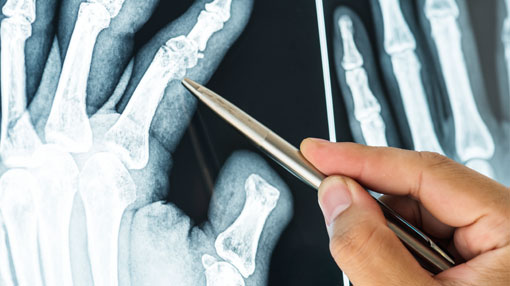Joint Replacement
Joint Replacement
Joint replacement surgery is done as after other
treatments (physical therapy and medications) have not helped. The procedures
and post-operative recovery expectations for hip, knee, and shoulder
replacement patients are all discussed.
When is joint replacement surgery needed?
Surgery is usually the last line of treatment, when all
other treatments – including physical therapy and medications – have not helped
the patient. Joint replacement surgery is a highly effective way of eliminating
joint pain, correcting a deformity, and helping improve the patient’s mobility
(movement). Joint replacement surgery is also performed to treat advanced
arthritis.
People who are considered for joint replacement surgery
often have severe joint pain, stiffness, limping, muscle weakness, limited
motion, and swelling. Depending on the joint that is affected and the amount of
damage, patients may have trouble with ordinary activities such as walking,
putting on socks and shoes, getting into and out of cars, and climbing stairs.
What causes joint problems?
The most common causes of the joints not working properly
are osteoarthritis and rheumatoid
arthritis. While nobody is certain what causes arthritis, several things
may contribute to joint weakening and lead to arthritis, including:
- Heredity
(runs in the family)
- Problems
with the development of the joint
- Genetic
(inherited) tendency to problems with the cartilage
- Minor
repetitive injures
- Severe
trauma to the joint cartilage (the cushioning tissue at the end of the
bones)
While being overweight does not necessarily cause
arthritis, it can contribute to early joint problems that can get worse
quickly.





